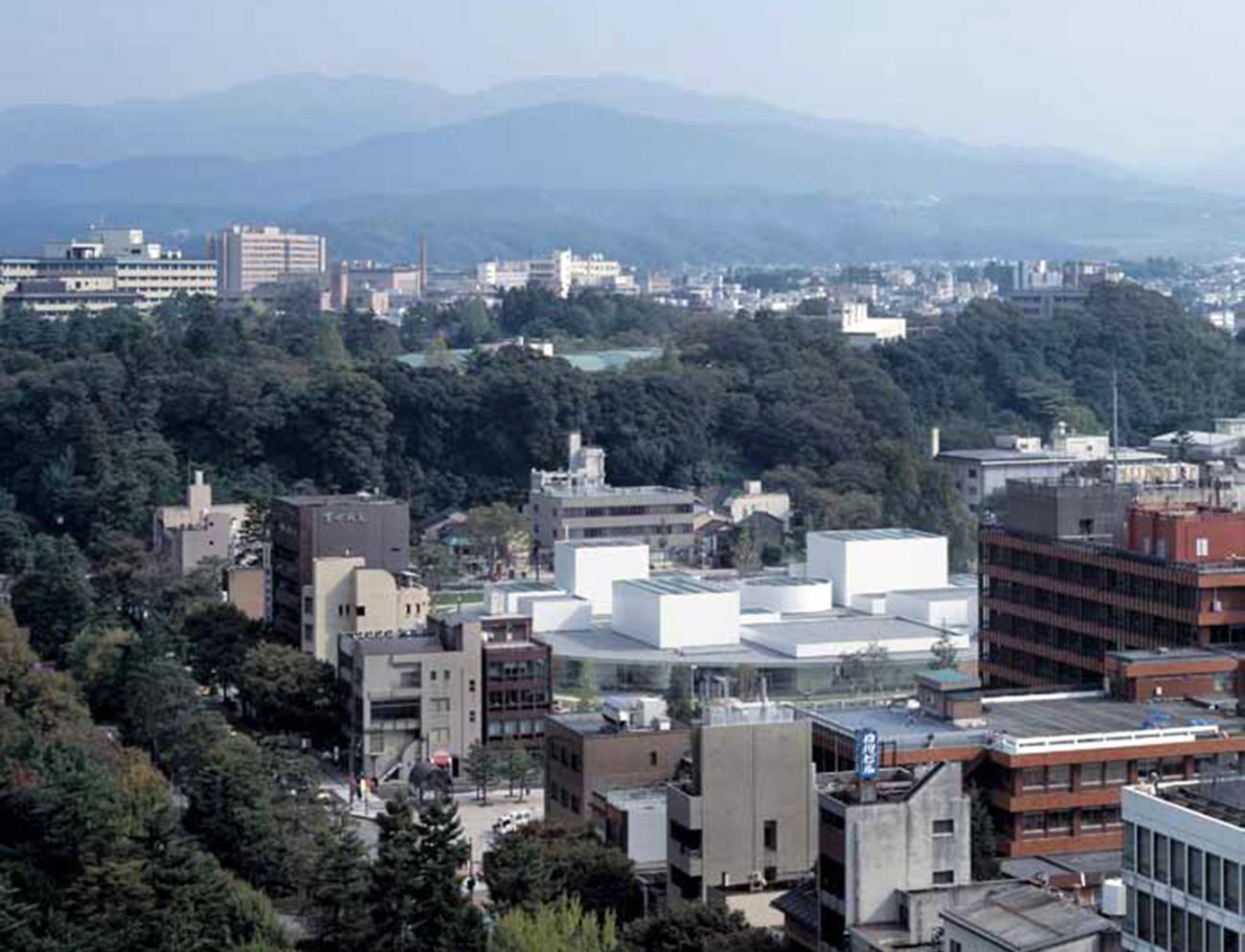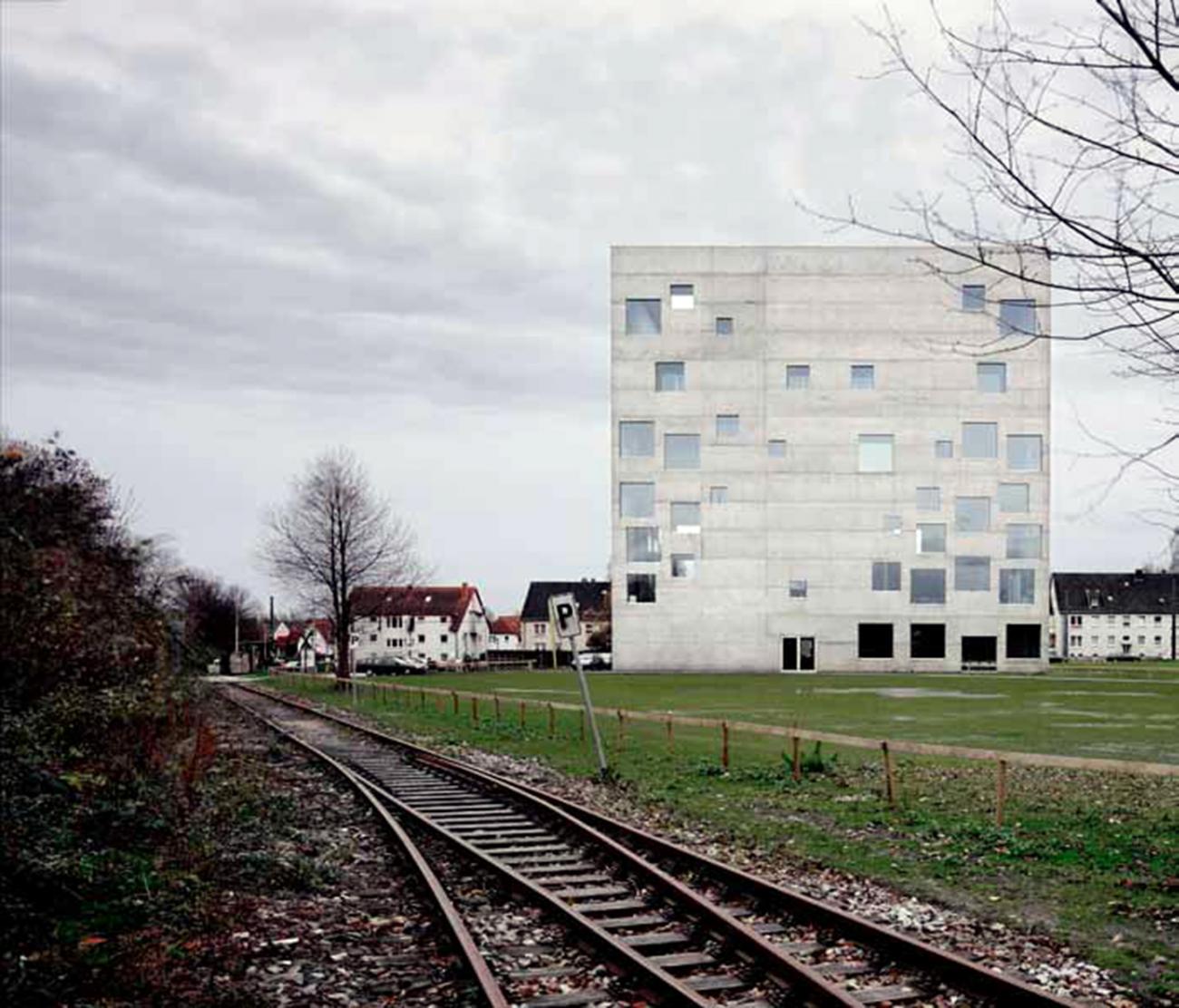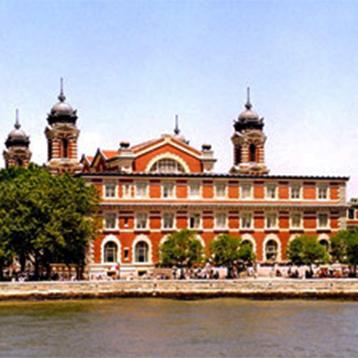Architectural Partners in Japan Become the 2010 Pritzker Architecture Prize Laureates
Kazuyo Sejima and Ryue Nishizawa, partners in the architectural firm, SANAA, have been chosen as the 2010 Laureates of the Pritzker Architecture Prize. The formal ceremony for what has come to be known throughout the world as architecture’s highest honor will be held on May 17 on historic Ellis Island in New York. At that time, a $100,000 grant and bronze medallions will be bestowed on the two architects.
In announcing the jury’s choice, Thomas J. Pritzker, chairman of The Hyatt Foundation, elaborated, “This marks the third time in the history of the prize that two architects have been named in the same year. The first was in 1988 when Oscar Niemeyer of Brazil and the late Gordon Bunshaft were so honored, and the second was in 2001, when Jacques Herzog and Pierre de Meuron, partners in a Swiss firm, were selected.”
He continued, “Japanese architects have been chosen three times in the thirty-year history of the Pritzker Architecture Prize—the first was the late Kenzo Tange in 1987, then in 1993, Fumihiko Maki was selected, and in 1995, Tadao Ando was the honoree.”
The purpose of the Pritzker Architecture Prize is to honor annually a living architect whose built work demonstrates a combination of those qualities of talent, vision and commitment, which has produced consistent and significant contributions to humanity and the built environment through the art of architecture.
Pritzker Prize jury chairman, The Lord Palumbo quoted from the jury citation to focus on this year’s selection: “For architecture that is simultaneously delicate and powerful, precise and fluid, ingenious but not overly or overtly clever; for the creation of buildings that successfully interact with their contexts and the activities they contain, creating a sense of fullness and experiential richness; for a singular architectural language that springs from a collaborative process that is both unique and inspirational; for their notable completed buildings and the promise of new projects together, Kazuyo Sejima and Ryue Nishizawa are the recipients of the 2010 Pritzker Architecture Prize.”
While most of their work is in Japan, Sejima and Nishizawa have designed projects in Germany, England, Spain, France, the Netherlands and the United States, under their combined name SANAA. The first SANAA project in the United States began construction in 2004 in Ohio—a Glass Pavilion for the Toledo Museum of Art. Completed in 2006, it houses the museum’s vast collection of glass artworks, reflecting the city’s history when it was a major center of glass production.
While that building was still under construction, the New Museum of New York City broke ground in 2005 at 235 Bowery. Completed in 2007, the building has been described as “a sculptural stack of rectilinear boxes dynamically shifted off-axis around a central steel core.”
The jury citation specifically mentions these projects as well as two projects in Japan: “the O-Museum in Nagano and the 21st Century Muscum of Contemporary Art in Kanazawa.” The Ogasawara Museum was one of their first projects together.
The De Kunstline Theater and Cultural Center in Almere, the Netherlands, and a more recent Rolex Learning Center in Lausanne, Switzerland are also major projects of SANAA. Other works in Japan include the Naoshima Ferry Terminal and the Christian Dior Building in Tokyo.
In Essen, Germany, in 2006, the Zollverein School of Management and Design was inaugurated in a new building designed by SANAA on an historical coal mining site. The building is described as an oversized cube (approximately 114 feet in each dimension) with an unusual arrangement of openings and windows of four different sizes.
The Serpentine Pavilion in London, their first built project in the United Kingdom, was in place for three months on the gallery’s lawn—the ninth such commission in the Serpentine’s series of pavilions. In France, a branch of the Louvre Museum in Lens will comprise some 300,000 square feet of construction.
























